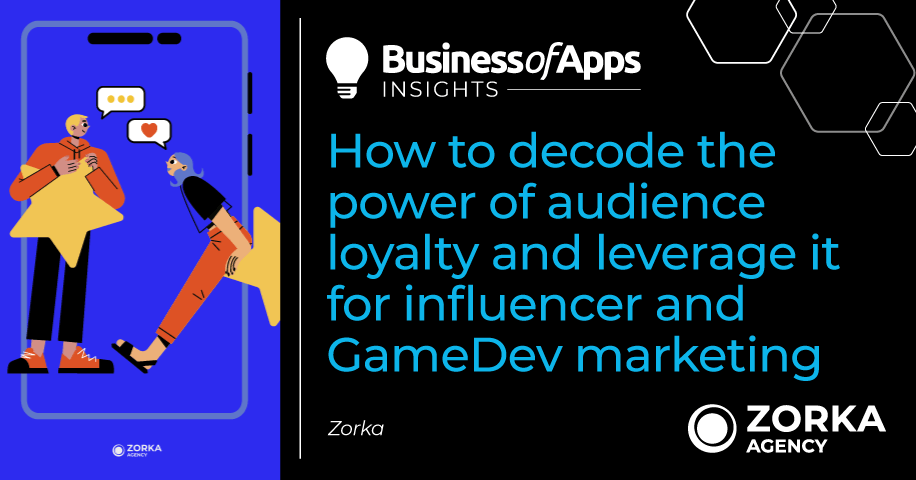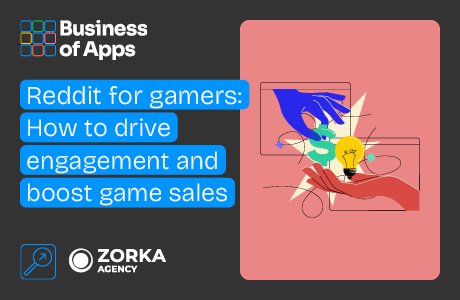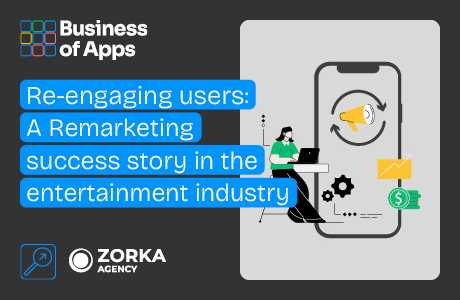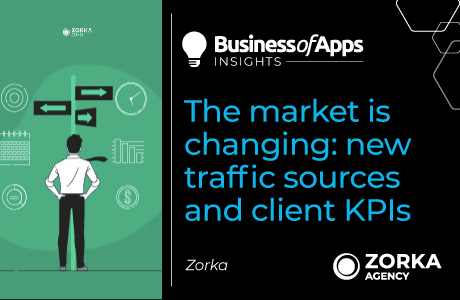In an increasingly saturated digital landscape, capturing and holding an audience’s attention is no small feat. However, Zorka.Agency has cracked the code. In our latest research, we delve into the power of audience loyalty, a critical yet often overlooked aspect of successful marketing strategies.
By exploring its impact on influencer marketing and game development advertising, our study aims to reveal the compelling connection between audience loyalty and marketing performance. If you’ve ever wondered why some YouTube channels outperform others or why certain mobile games become sensations while others fade into obscurity, our findings might just hold the answers.
Understanding audience loyalty and its impact
Audience loyalty represents the level of consistent engagement and commitment an audience has towards a specific influencer, brand, or platform. It is quantified by metrics such as watch time, the number of repeat visits, subscriber count, and more. In the world of influencer marketing and game development marketing, understanding and fostering audience loyalty is critical.
For product marketing, nurturing a loyal audience is of paramount importance. A loyal audience, by virtue of their deeper connection and interest, tends to respond better to product advertising. Conversely, if an audience is transient – visiting for one or two videos, such as tutorials on “How to?” channels, and then leaving – they are more likely to ignore advertisements. This is because their interest is in the specific informational content, rather than the creator or the broader channel, making them less receptive to promotional messages.
High audience loyalty means that followers are not just passively consuming content, they are actively interested and engaged, eagerly anticipating and following new releases. This loyalty translates into a more potent influence over consumer behaviour, making it a valuable asset in marketing strategies. It can dictate the success of marketing campaigns, including those designed to promote mobile games on platforms like YouTube.
But how can we demonstrate the impact of audience loyalty on marketing performance? This question drove our recent study, aiming to shed light on the relationship between audience loyalty and marketing efficacy.
Description of the study and its results
The objective of our study was to test the hypothesis that audience loyalty significantly impacts final performance. Our primary metric for measuring loyalty was the “Watch time from subscribers/non-subscribers” indicator gleaned from internal channel statistics. This metric reflects the level of interest subscribers have in a content creator’s output and their commitment to keeping up with new content. Low levels suggest that although audiences may view videos, they are not necessarily invested in the content creator themselves.
Our study involved an examination of 1500 YouTube channels that had collaborated with Zorka.Agency to advertise a mobile game from June 2022 to May 2023.
These channels were categorized into three levels based on their watch time from subscribers:
- High – Channels, where audience loyalty is high and over 70% of the viewers, are channel subscribers. These channels have a strong core of dedicated followers who consistently engage with the content and are more likely to be receptive to advertisements.
- Middle – These represent the middle segment, where the number of subscribers ranges from 30-70% of the total viewership. While there is a significant proportion of loyal viewers, these channels also rely on a substantial amount of non-subscriber views.
- Low – These channels have an incoming audience, where the subscriber base makes up less than 30% of the total audience. These channels primarily attract casual or one-time viewers who are less likely to be engaged with the content creator or the advertisements.
Analyzing the data from these categories, we found that channels with high audience engagement have significantly better performance metrics.
Maximize App Growth with #1 App Store Optimization Company
Expand app store reach, increase downloads, boost engagement, lower acquisition costs & achieve higher user LTV with our leading ASO services & technology
Contact Us TodayThe results showed:
- Video retention (audience retention) increased by 20%. This indicates that viewers on high-engagement channels are more likely to watch videos to completion.
- Increased video retention naturally resulted in higher promotional view rates, implying that loyal viewers are more likely to consume advertised content.
- Most impressively, these channels saw a 200% boost in Click-Through Rate (CTR) and a 50% increase in Conversion Rate (CR).
- Gross results were also twice as good for channels with high audience loyalty.
These results provided a definitive conclusion: there is a clear correlation between a high percentage of engagement from subscribers and better performance. While there are exceptions, this correlation broadly holds true, marking audience loyalty as a crucial consideration in optimizing results, especially for campaigns with high launch volumes.
Therefore, our study demonstrates the critical role audience loyalty plays in influencer and game development marketing, underscoring the importance of strategies designed to foster this key metric.
Practical applications: Using audience loyalty to enhance marketing strategies
The results of our study reveal the significant impact audience loyalty can have on marketing performance, particularly in the realms of influencer marketing and game development marketing. This understanding can be strategically utilized to enhance the effectiveness of marketing campaigns and drive better results.
Here’s how:
Targeting loyal audiences
Advertisers should prioritize collaborating with influencers or channels with a high percentage of loyal viewers. As our study shows, these channels yield better performance metrics, including increased video retention, higher CTRs, and improved conversion rates.
Nurturing audience loyalty
Brands and content creators should focus on building and nurturing audience loyalty. This could involve creating engaging and consistent content, interacting with the audience, and providing value beyond mere entertainment. Building loyalty takes time but our study shows it can significantly improve marketing outcomes.
Personalization
Knowing that a loyal audience responds better to product advertising, brands can leverage this by personalizing their ads to this audience. This can be achieved by tailoring the content, tone, and delivery of the ads to match the preferences and expectations of loyal viewers.
Long-term planning
The impact of audience loyalty underscores the importance of long-term relationships between brands, influencers, and audiences. Rather than one-off campaigns, brands should consider sustained collaborations that allow the influencer’s audience loyalty to be leveraged over a longer period.
Performance measurement and optimization
Brands can use audience loyalty as a key performance indicator (KPI) for their campaigns. They can track it over time and use it to optimize their strategies, ensuring that they are effectively engaging the loyal audience and attracting new loyal viewers.
By applying these insights from our study, brands, influencers, and marketers can strategically foster and leverage audience loyalty, thereby improving their marketing performance and driving greater success in their campaigns.
Conclusion
Our study illuminates the critical role audience loyalty plays in marketing performance, particularly within the domains of influencer marketing and game development marketing. The evidence suggests that channels with a high degree of audience loyalty significantly outperform those with lower levels of loyal viewership, leading to increased video retention, higher click-through rates, improved conversion rates, and overall enhanced performance metrics.
The insights gleaned from our study underscore the imperative to not only understand and measure audience loyalty but also to strategically cultivate it. Beyond the simple pursuit of high view counts, focusing on fostering a loyal audience can lead to increased marketing efficacy and drive better results in the long term. This approach may require more time and effort than transient, one-off campaigns, but the payoff is demonstrably worth it.
In conclusion, whether you’re an influencer seeking to boost engagement, a game developer looking to enhance your marketing strategy, or a brand aiming to leverage the power of digital advertising, understanding and harnessing audience loyalty should be a priority. In an era where the competition for attention is fierce, fostering and maintaining a loyal audience may just be the key to standing out and achieving lasting success.












